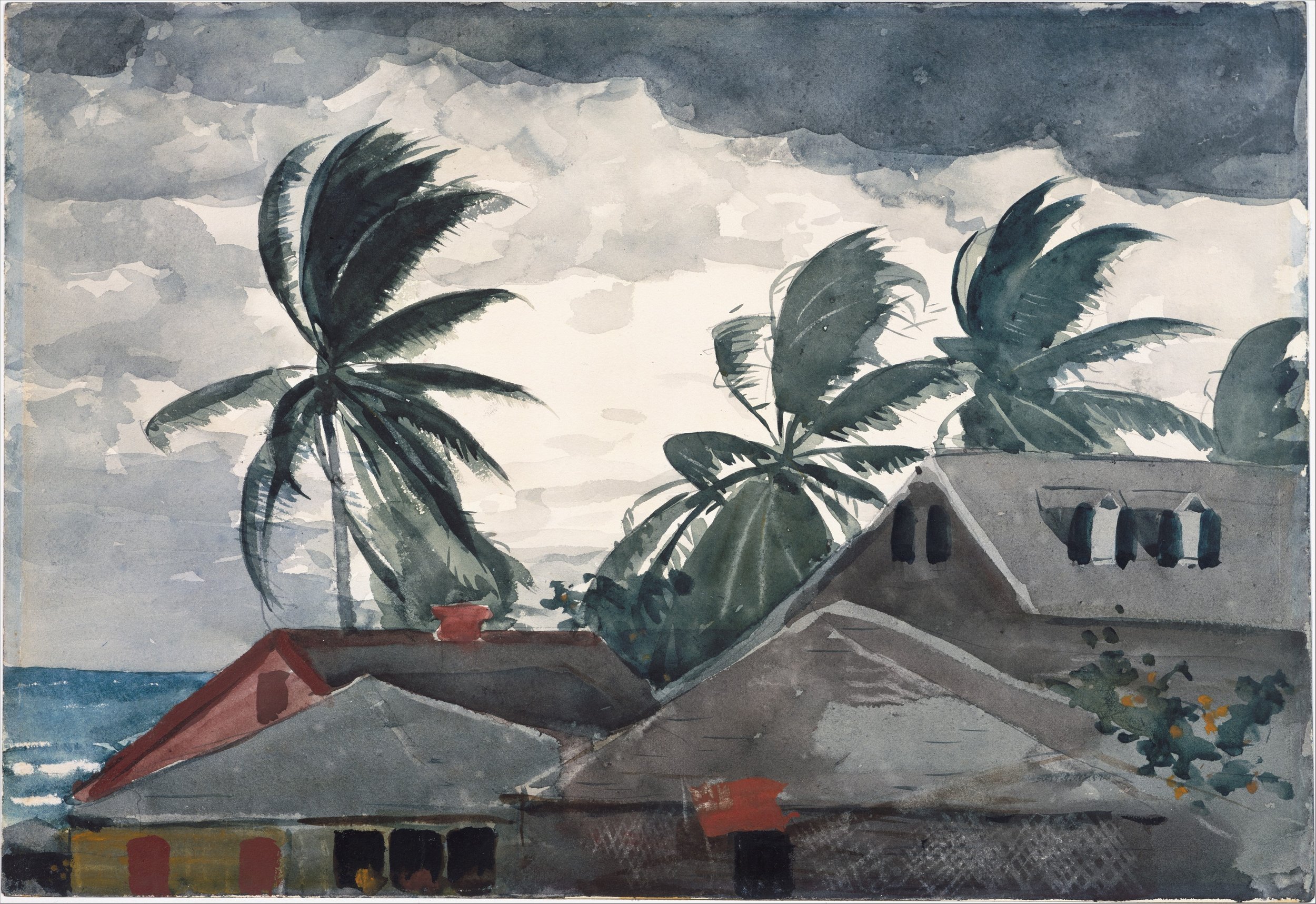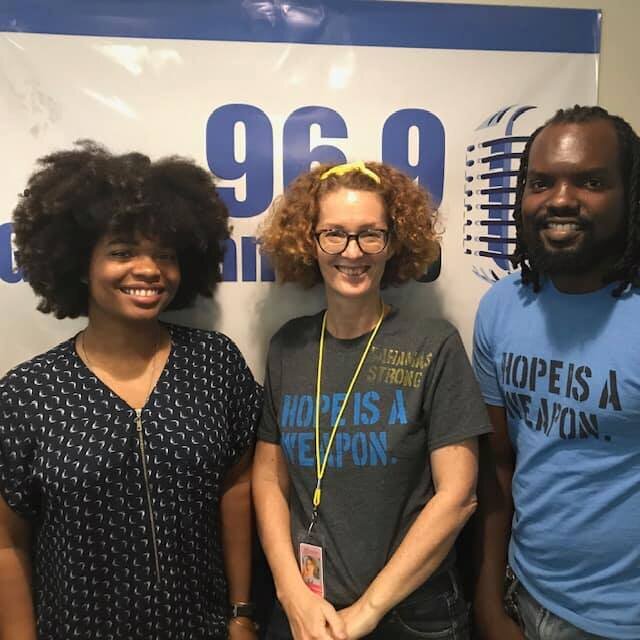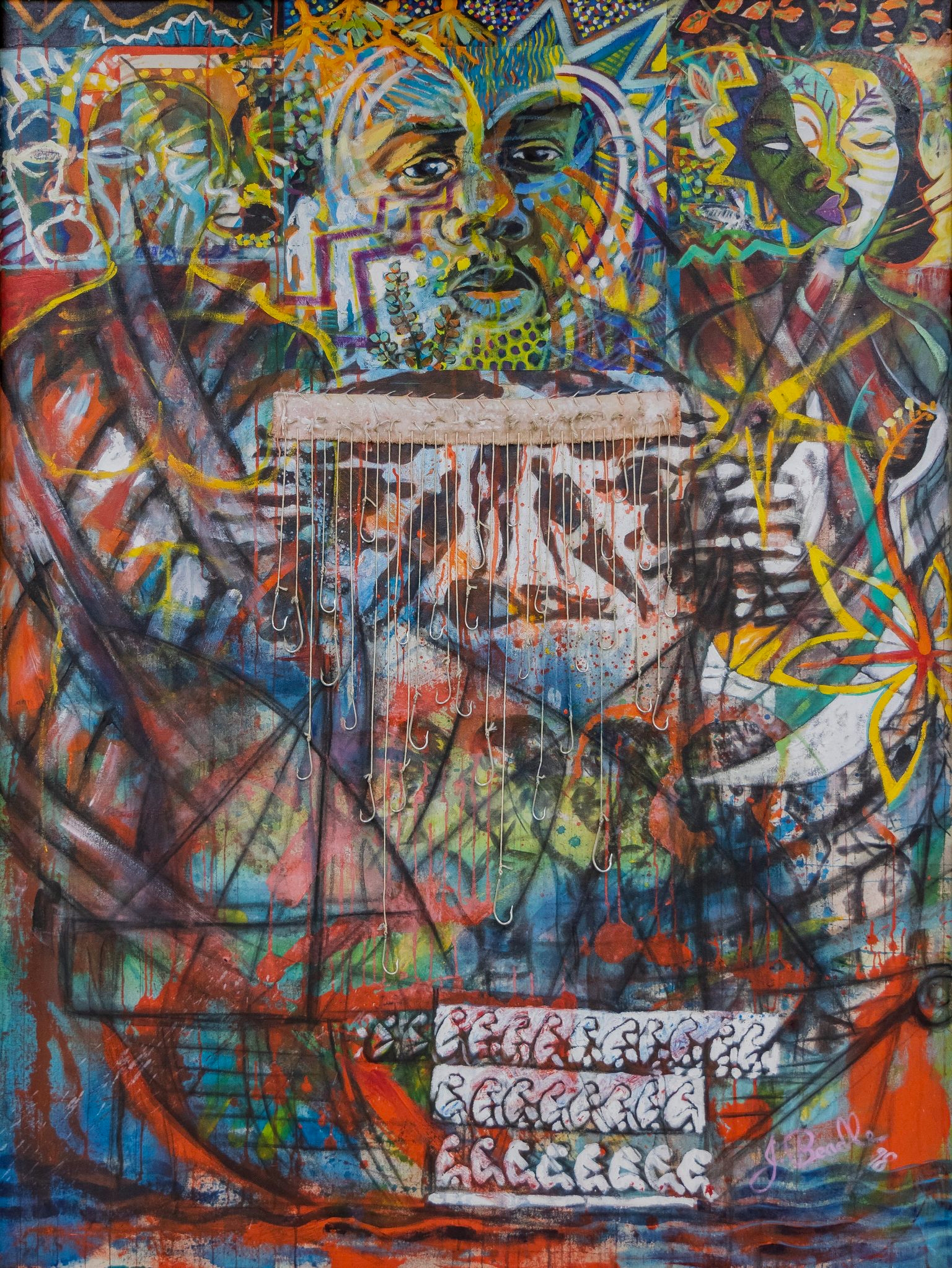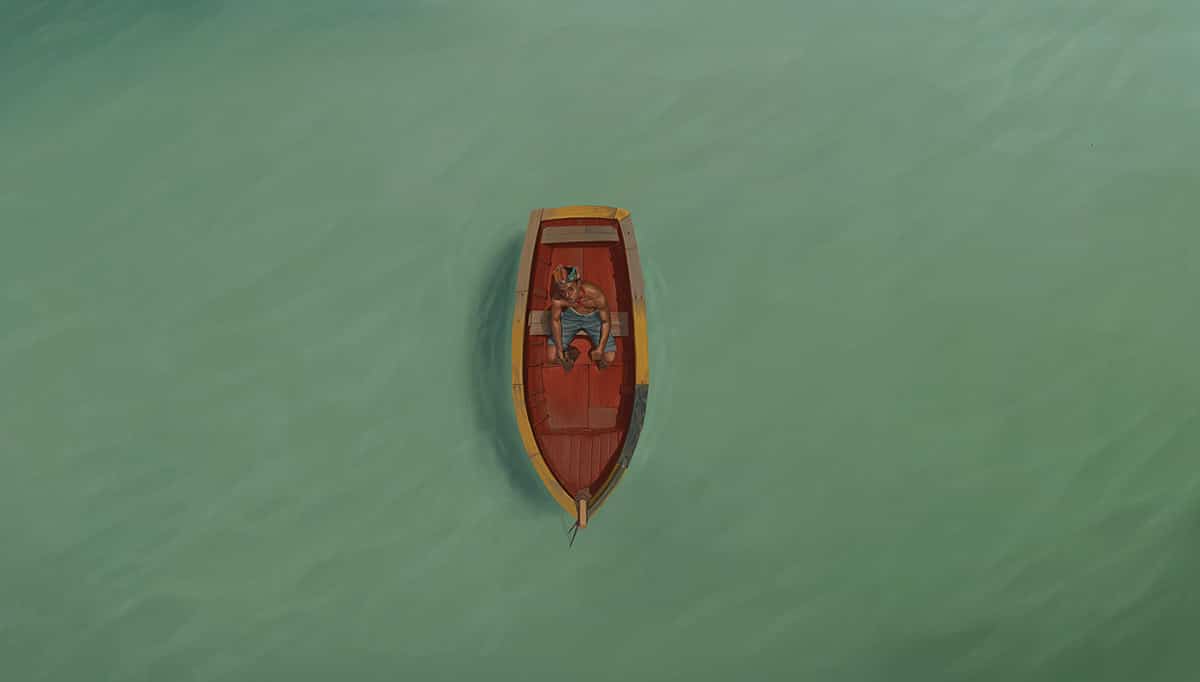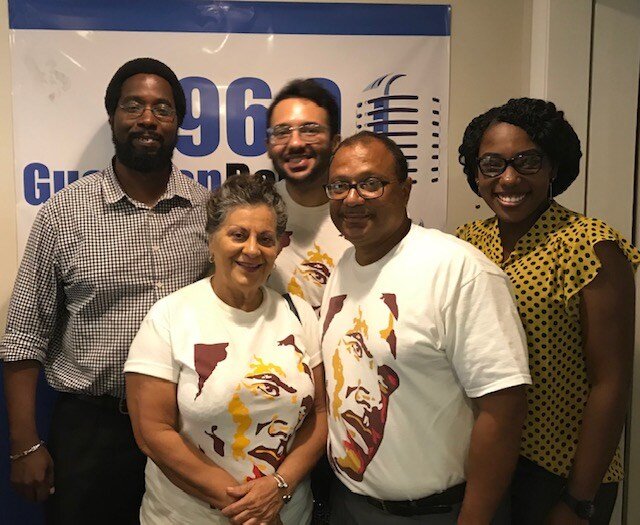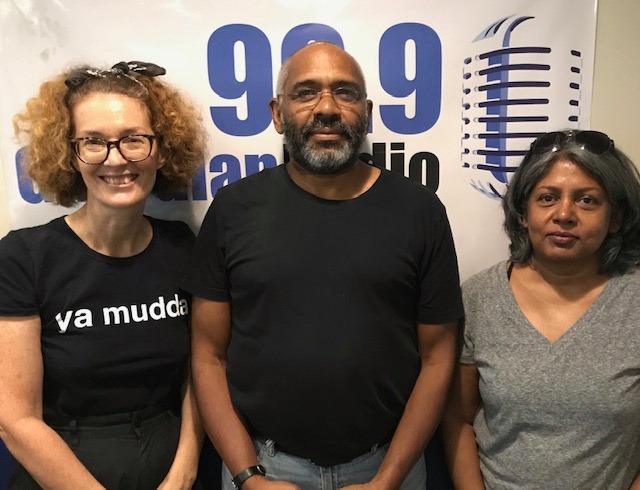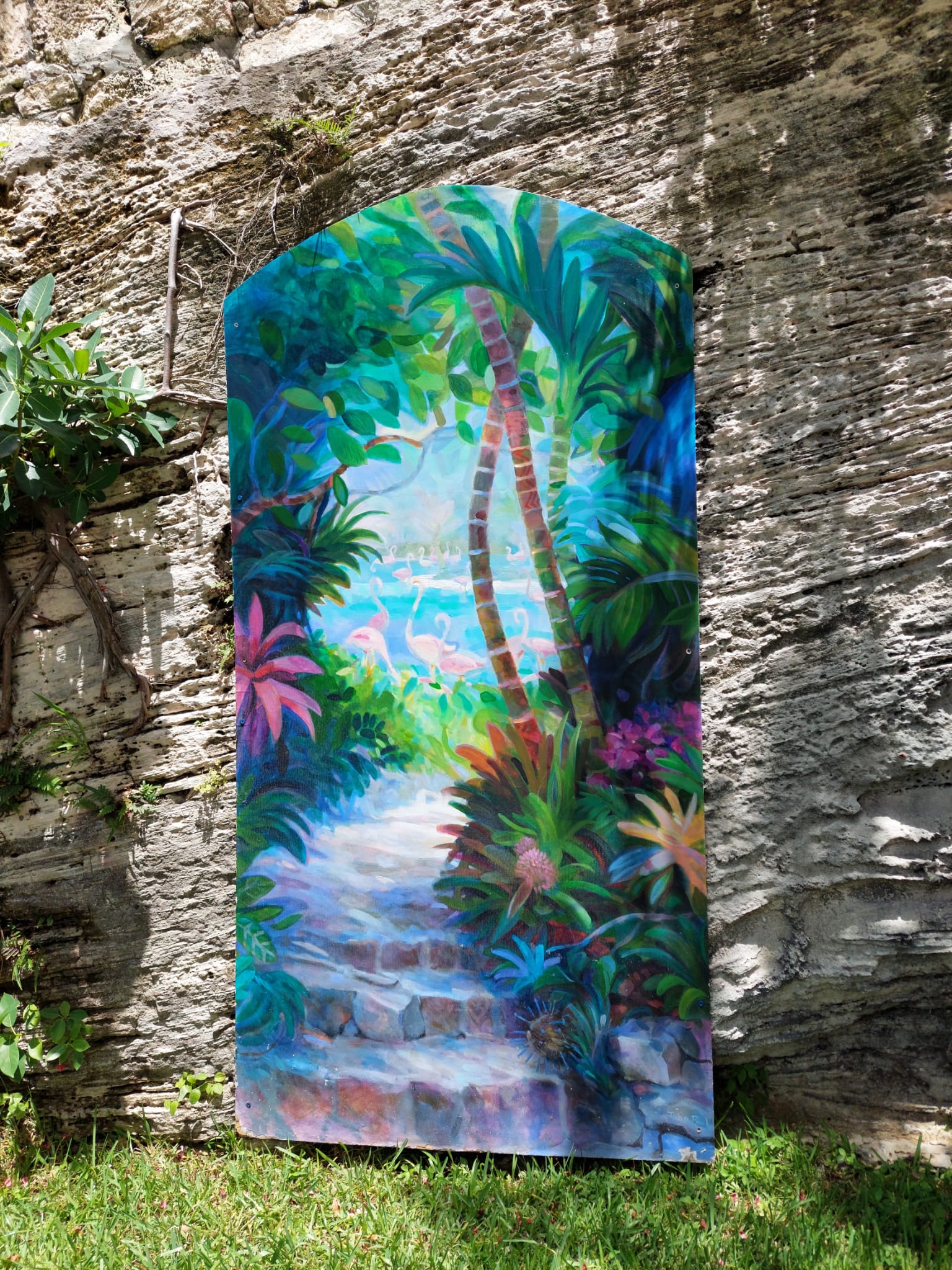As Dorian’s wake remains with us, do we have time to consider the indigenous, traditional knowledge of the Abacos? Abaco, similar to Inagua and Crooked Island in the south, and even Bimini in the North, has dealt with its share of natural disasters and man-made shocks. Its people are deeply connected to their lifeways and arts.
All posts by admin
From the Collection: Heino Schmid’s North Star (2007-8)
By Natalie Willis. Landmarks are such a common way to give directions we often think nothing of it. In some cities it could be the tallest building, in most, it was historically a cathedral as it was in old Nassau, and in others still an old water tower. Landmarks hold significance, they become a fixed point of reference that we navigate around or through, often in the periphery just so that your little satellite of a body knows where it is in relation to this sentinel. Heino Schmid’s video artwork “North Star” (2007-8), first shown as part of NE4, the Fourth National Exhibition back in 2008, gives us a moment to consider the significance of having the imposing and distinctive structure of the Atlantis hotel as a marker within our landscape.
Blank Canvas: September 18th, 2019, Kachelle Knowles and Richardo Barrett
On tonight’s Blank Canvas Amanda Coulson, Executive Director, is joined in the studio by two Bahamian artists, both with current solo shows.
We Live at the Undersides
Resilience in the era of climate crisis and finding the fraternity in loss after Hurricane Dorian. Two years ago, I wrote an article on the impact of Hurricane Irma on the loss of cultural material and the devastation of the landscape, lamenting the single death we sustained here, how we “lost two cultures that day”. I spoke about how many of us, in light of the nature of our dotted, disparate geography, felt the smallest sigh of relief that the more inhabited islands of New Providence and Grand Bahama were not hit, though it did little to soothe the loss of life and property in the Southern Bahamas. This year, I write about another Category 5 storm. This year I write about such heart-piercing loss of life that it’s hard to contemplate how much material loss there is. This year, I write about what happened to one of those “more inhabited” islands, the island I have called home for most of my life, and how the culture and people I grew up with Grand Bahama are underwater, and Abaco all but washed away.
Climate Refugees: On Becoming Climate Refugees or Building Back Differently
We find now that the art of living in the tropics has continued and needs to be a sustained topic of a dynamically changing conversation: how do we retain life in the tropics, become refugees to climate change and flee the islands we inhabit?
Blank Canvas: September 11th, 2019, The Brenton Story
On tonight’s “Blank Canvas” we invite the Smith family to speak about THE BRENTON STORY. Brenton Smith, was 17-years old in 2009, when he was shot dead by the police while walking on Village Road, apparently mistaken for another youth who had committed a robbery. His family: grandmother Shirley, father Hector and brother Bernard, are committed to maintaining the memory of a bright young man who was first and foremost innocent, as well as loyal, peaceful, loving, kind, and many other attributes.
Blank Canvas: September 4th, 2019, Small Axe reair
Tonight we are re-airing an earlier show as the NAGB team works to support our brothers and sisters who have suffered in the wake of Dorian. We are operating as a donation site as well as a safe space for healing, respite and sanctuary. The NAGB will also be FREE for the month of September!
Exploring Themes of Longevity and Survival in Kendra Frorup’s Work
By Blake Fox. Conservation of artworks is a crucial tenet of museums. Richardo Barrett, the curator of the new re-hang of the NAGB’s Permanent Exhibition (PE), “TimeLines: 1950-2007,” has worked in the Bahamian visual arts community for six years. In a speech at the unveiling of the new hanging, he noted the broad range of materials that he has encountered—including art made from sturdy ceramic, over to ephemeral seeds. Barrett further expressed his interest in—and the importance of—the survival of these materials for years to come. The conversation surrounding materials–the impermanent and the enduring–has been crucial in the curation of the recent rehanging of the Permanent Exhibition. The museum is having to ask and answer difficult questions around how we conserve works to ensure that they survive–especially in our tropical, humid climate–for generations to come.
Blank Canvas: August 28th, 2019, Dyah Nielson and Jonnique Beadle
Two emerging talents join Amanda Coulson (NAGB Executive Director) in the Blank Canvas studio tonight!
Dyah Nielson (left), who was born and raised in The Bahamas and returned home after having completed her Bachelor of Fine Arts at York University in Toronto in 2018, speaks about her journey as an artist and her current exhibition, “Love & Fear.”
From the Collection: John Paul Saddleton’s “West Hill Hidden Garden”
The Daily Escape
By Diana Sands. When the new Permanent Collection Exhibition opened on August 5th, 2019 at the National Art Gallery of The Bahamas, I was immediately drawn to John Paul Saddleton’s West Hill Hidden Garden painting. Something about it spoke to me in a profound way. As a result, I found myself going back to see it many times since (often when I should have been working). The contrast of the darker hues of the shade against the bright airy light of day in the background continues to tug at my imagination. In truth, it has become a bit like a seductive loadstone.
